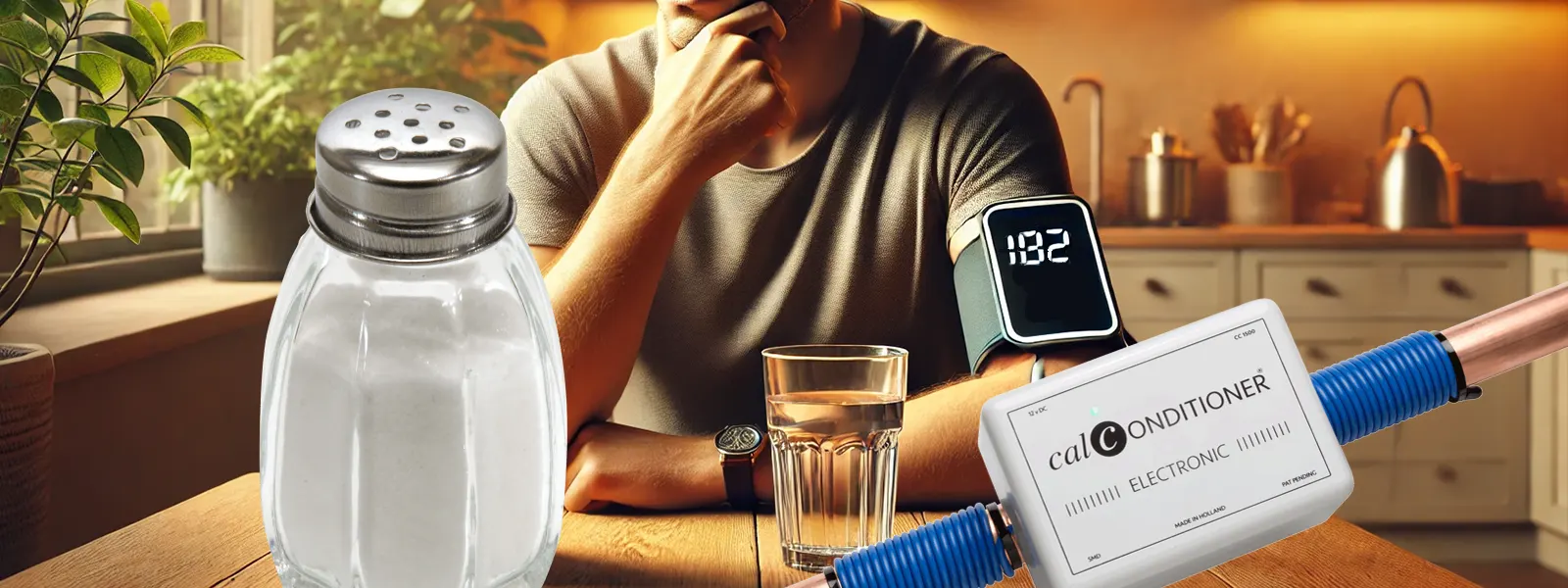
Ion Exchanger and Health
Effect of Ion Exchanger on Sodium Intake
With very hard water, the amount of added sodium in the water can be significant when an ion exchanger is used, especially if the water is frequently used for drinking and cooking. The amount of added sodium depends on the original hardness of the water and the consumption, as the ion exchanger replaces calcium and magnesium ions with sodium.
How Much Sodium is Added?
For each “°dH” (German degree of hardness), approximately 8 mg of sodium per liter is added by the ion exchanger. So, if your water has a hardness of 20 °dH (which is quite hard), about 160 mg of sodium per liter is added.
Example: Sodium Increase at Different Hardness Levels
| Hardness (°dH) | Sodium Increase (mg/L) |
|---|---|
| 10 °dH | 80 mg/L |
| 15 °dH | 120 mg/L |
| 20 °dH | 160 mg/L |
| 30 °dH | 240 mg/L |
Effect of Sodium Increase on Daily Intake
Drinking Water: If you drink 2 liters of water daily with a hardness of 20 °dH, you will consume an additional 320 mg of sodium.
Coffee, tea, and cooking: The same water is often used for coffee, tea, and cooking. If, for example, you use another 2 liters for cooking and beverages, you could consume a total of 640 mg of additional sodium.
Comparison with Daily Salt Intake
The WHO recommends limiting salt intake to a maximum of 2000 mg of sodium (5 grams of salt) per day. This means that softened water with a hardness of 20 °dH could already contribute up to 32% of the recommended daily maximum sodium intake. This percentage can be higher if your water is even harder or if you consume more softened water.
Conclusion and Alternatives
With very hard water, an ion exchanger can add a significant amount of sodium, which can be a concern for people who need to limit their salt intake. Therefore, consider alternatives such as:
- A separate tap for untreated drinking water.
- Salt-free softeners or electronic softeners that reduce limescale without adding sodium.
- Reverse osmosis filters for drinking water to remove sodium.
These measures can help minimize the additional sodium intake from softened water, especially with very hard water.